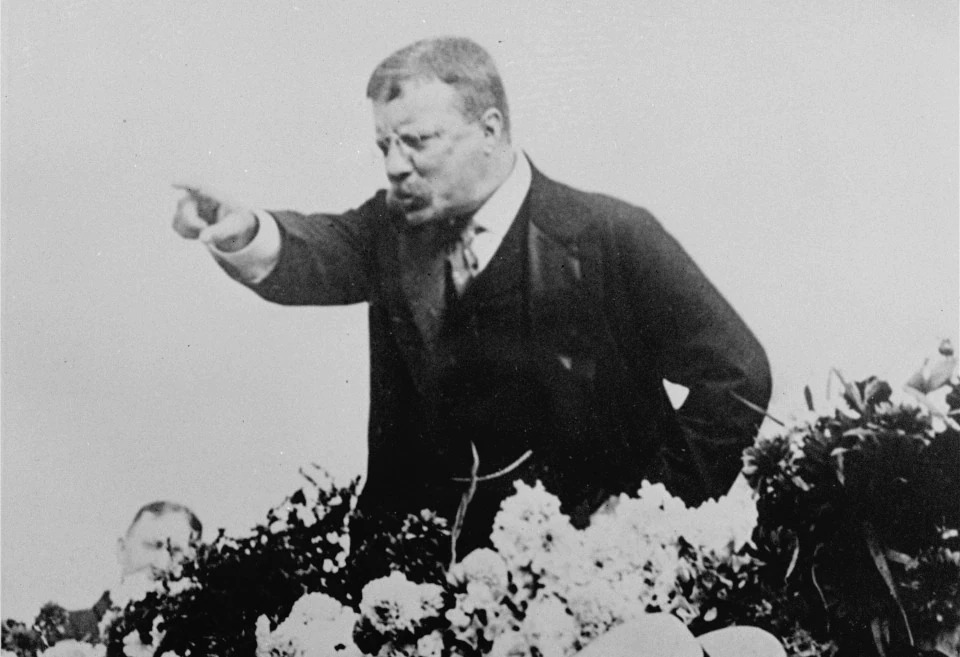Speak softly…and carry a big BATNA: Why systematic leverage creation trumps “toughness”

Many leaders conflate sourcing negotiation success with “toughness”- which misses the point. Success really hinges on the systematic application of leverage- which is valuable, but difficult.
There’s a common misconception we face: “you all negotiate deals all the time…you must be super tough…”. The more boring reality is that we are no tougher than our clients and we do not just yell louder– instead, we speak softy, but we devote a great deal of effort to understanding and quantifying relative leverage. In the parlance of Fisher and Ury (from their classic Getting to Yes): we develop the BATNA (Best Alternative to a Negotiated Agreement).
Sounds simple…yet mid-market companies typically underinvest in this activity for a variety of reasons:
- Lack of time: Preparation work takes time, and your counterparty can sniff out a fake. The most common reason for superficial negotiations (whether regarding supplier contracts or customer renewals) is simply starting too late and running out of time for meaningful prep.
- Lack of expertise: Identifying and quantifying leverage is custom analysis- it isn’t templated, and it’s very different from the typical PMP/Lean/SixSigma/process centric type training with which most sourcing professionals are familiar.
- Lack of motivation: It helps to have the right kind of people on the job- who find the required analysis interesting and rewarding. Some do, many do not. For those who don’t, it tends to be the case that other tasks find themselves higher on the to-do list.
We find there are five major steps to the process of identifying/building/applying leverage:
- Identify creative alternatives: This sounds simple yet we encounter a surprising degree of resistance in even the best run companies. Don’t close your mind and assume you have only one option.
- Quantify the downside scenario- Most people overestimate the difficulty of switching & most vendors know this.
- Quantify the value created by each party. How are cost, risk, quality affected a given solution? What are the value drivers affected and to what extent? The best approach: build a driver-tree model for the main scenarios.
- Consider the information asymmetries (what they know, what they don’t know– what would they likely suspect based on the evidence visible to them). Get specific: understand exactly what information the supplier’s Customer Success Rep sees about a customer. Understand exactly what pattern a supplier is likely to infer from the transaction data they have. Infer what a supplier believes their customer’s options to be.
- Resist bluster: beyond just being cordial this requires demonstrating credibility and a sense of proportion. acknowledge what is true (builds credibility). Maintain sense of proportion (don’t overemphasize given factors unduly). show you know what matters economically to you and to the other party and that you understand where ‘win win’ space exists. By adopting this tone one can move past adversarial zero-sum interactions and explore mutually beneficial arrangements- which is the real key when you want to continue doing business with key partners after the negotiation.
If you’ve done all this, you don’t need to shout. In fact, that would be a distraction. By virtue of doing the preparation work, you understand the potential ‘agreement space’ better than anyone and bluster only gets in the way.
We offer no shortcuts for the difficult process of understanding, improving, and applying leverage. But the realization that THIS is the key to better outcomes, rather than just being ‘tough’, is a fundamental pre-condition to achieving better sourcing outcomes.